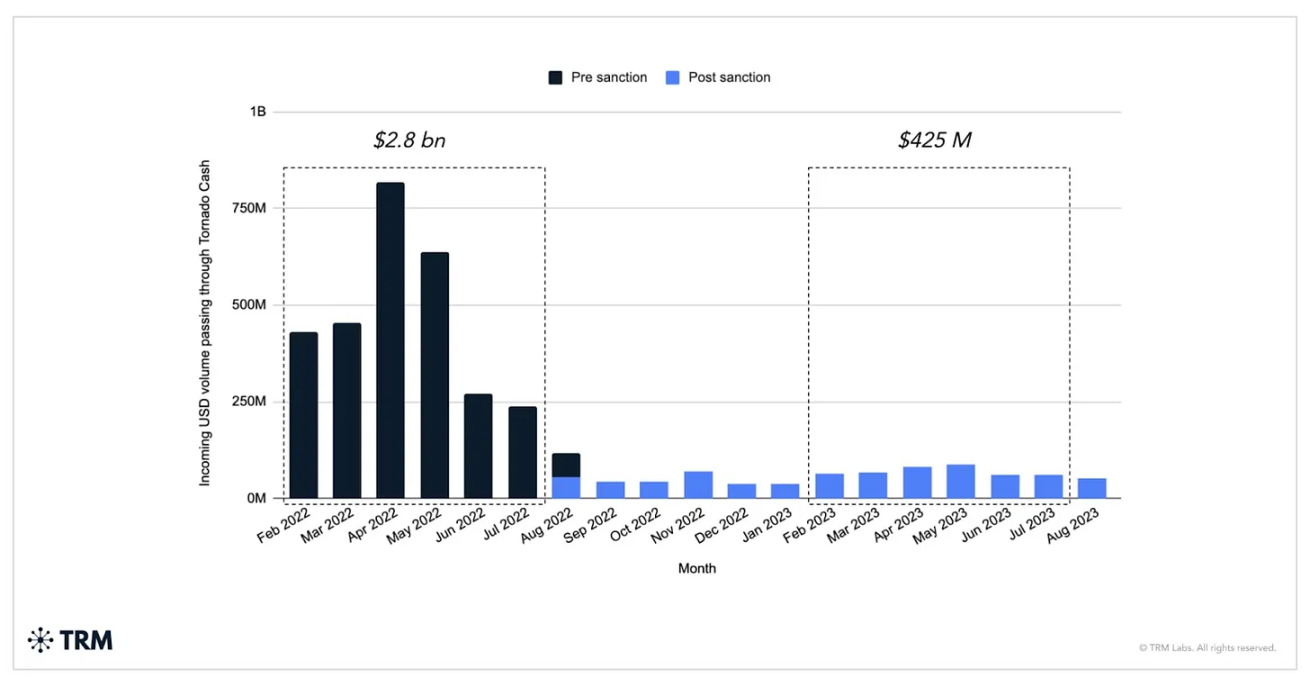The New Gold Rush: Capital Efficiency and Presale Dynamics in Q4 2025 DeFi
- Q4 2025 DeFi balances institutional stability with speculative presales, driven by capital efficiency metrics reshaping asset allocation. - Core-satellite strategies allocate 60-70% to ETH/AAVE (36.4%-72% gains) and 20-30% to high-yield presales like Remittix ($HYPER) offering 205% APY. - Bitcoin DeFi TVL hits $5-6B BTC via layer-2 solutions, while omnichain platforms and AI tools redefine liquidity and institutional adoption. - High-risk presales (e.g., MAGACOIN FINANCE's $12.8M raise) highlight innovat
The decentralized finance (DeFi) sector in Q4 2025 is a study in contrasts: institutional-grade stability coexists with speculative fervor, and capital efficiency metrics are reshaping how investors allocate assets. As the market matures, early-stage opportunities are emerging as a critical battleground for returns, driven by projects that blend real-world utility with aggressive ROI projections. This duality—between blue-chip crypto and high-growth DeFi—reflects a broader shift in investor strategy, where capital efficiency is no longer just a buzzword but a measurable, actionable metric.
The Core-Satellite Strategy: Balancing Risk and Reward
The dominant investment approach in Q4 2025 is the core-satellite strategy, where 60–70% of portfolios are allocated to stable, institutional-grade assets like Ethereum (ETH) and Aave (AAVE), while 20–30% targets high-yield opportunities. Ethereum’s 36.4% price surge in Q2 2025 and Aave’s 72% growth underscore their role as foundational holdings, offering both liquidity and yield [1]. Meanwhile, speculative projects such as Remittix (RTX) and Bitcoin Hyper ($HYPER) are attracting capital with staking rewards of up to 205% APY, though these come with elevated risks tied to regulatory uncertainty and execution challenges [1].
This strategy mirrors traditional asset allocation models, where core holdings provide stability while satellites chase alpha. However, the DeFi twist lies in the speed and scale of capital reallocation. For instance, MAGACOIN FINANCE, a project targeting the remittance sector, has raised $12.8 million with projections of a 15,000x return by 2026, supported by dual audits from HashEx and CertiK [2]. Such projects exemplify how new opportunities are becoming a vehicle for institutional-grade innovation, albeit with a higher tolerance for volatility.
Market Trends: Omnichain, AI, and Institutional Adoption
The DeFi landscape is being reshaped by three megatrends: omnichain solutions, AI integration, and institutional adoption. Omnichain DeFi platforms are addressing liquidity fragmentation by enabling cross-chain interoperability, while AI-powered tools are automating trading, risk analysis, and predictive analytics [4]. Institutional adoption is accelerating, too, with improved on-chain compliance tools and wallet management systems making DeFi more palatable to traditional investors [4].
One of the most transformative developments is the tokenization of real-world assets (RWAs). By Q4 2025, RWAs are expected to attract billions in institutional capital, particularly as omnichain liquidity deepens. For example, QF Network’s Q4 2025 mainnet launch promises block times of 0.1 seconds, blending Web2 performance with blockchain’s decentralization [4]. This innovation is critical for scaling DeFi beyond niche use cases.
The Road Ahead: Caution and Opportunity
While the numbers are enticing, investors must remain vigilant. The market is rife with scams and overhyped projects, and regulatory scrutiny is intensifying. Projects with real-world utility, transparent roadmaps, and regulatory partnerships—like MAGACOIN FINANCE and BFX—are more likely to survive the inevitable market corrections.
For those willing to navigate the risks, Q4 2025’s DeFi landscape offers a unique confluence of capital efficiency and innovation. As one analyst put it, “This is the moment where DeFi transitions from a niche experiment to a mainstream asset class—but only for those who can balance ambition with prudence.”
Disclaimer: The content of this article solely reflects the author's opinion and does not represent the platform in any capacity. This article is not intended to serve as a reference for making investment decisions.
You may also like
Citibank and SWIFT complete pilot program for fiat-to-crypto PvP settlement.
Pantera Partner: In the Era of Privacy Revival, These Technologies Are Changing the Game
A new reality is taking shape: privacy protection is the key to driving blockchain toward mainstream adoption, and the demand for privacy is accelerating at cultural, institutional, and technological levels.

Exclusive Interview with Bitget CMO Ignacio: Good Code Eliminates Friction, Good Branding Eliminates Doubt
A software engineer's brand philosophy.